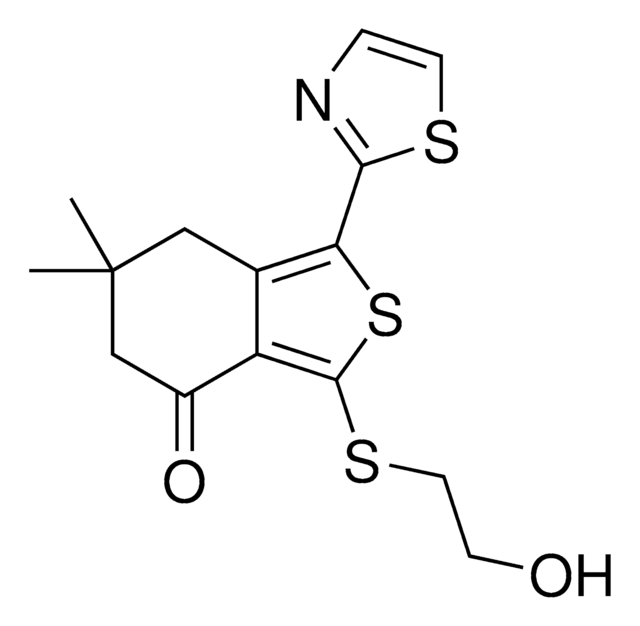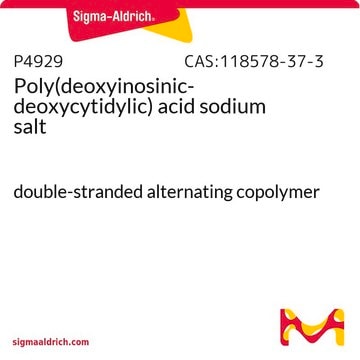KEM0031
Klenow Fragment
Ultra-pure enzyme for nucleic acid modifications
Sign Into View Organizational & Contract Pricing
All Photos(3)
About This Item
Recommended Products
grade
for molecular biology
assay
>99% (SDS-PAGE)
form
buffered aqueous solution
specific activity
5,000 U/mg
concentration
5,000 U/mL
shipped in
dry ice
storage temp.
−20°C
General description
Klenow Fragment is a mesophilic DNA polymerase derived from the E.coli Polymerase I DNA-dependent repair enzyme. The enzyme exhibits DNA synthesis and proofreading (3′ → 5′) nuclease activities, and, in the absence of the holoenzyme′s (5′→3′) nuclease domain, displays a moderate strand displacement activity during DNA synthesis. The protein is expressed as a truncated product of the E.coli PolA gene.
application
Suitable for:
- DNA blunting by fill-in of 5′ overhang
- Second strand cDNA synthesis
- Sequencing
- Site-specific mutagenesis
Features and Benefits
- Ultra-purification process for ultimate enzyme performance
- Highest quality specifications for ultimate product consistency
- Undetectable DNA and nuclease contamination
Components
Supplied with:KEM0042B (10X Blue Buffer)
Unit Definition
1 unit is defined as the amount of polymerase required to convert 10 nmol of dNTPs into acid insoluble material in 30 minutes at 37° C.
Physical form
Supplied in 100 mM KPO4, 1.0 mM DTT, 0.1 mM EDTA, and 50% glycerol at pH 7.4 @ 25° C.
Other Notes
Source of protein: A recombinant E. coli strain carrying the Klenow Fragment gene.
Unit size: 2,500 U
Related product
Product No.
Description
Pricing
Storage Class
10 - Combustible liquids
Certificates of Analysis (COA)
Search for Certificates of Analysis (COA) by entering the products Lot/Batch Number. Lot and Batch Numbers can be found on a product’s label following the words ‘Lot’ or ‘Batch’.
Already Own This Product?
Find documentation for the products that you have recently purchased in the Document Library.
Laure Rittié et al.
Journal of cell communication and signaling, 2(1-2), 25-45 (2008-09-04)
Since molecular cloning has become routine laboratory technique, manufacturers offer countless sources of enzymes to generate and manipulate nucleic acids. Thus, selecting the appropriate enzyme for a specific task may seem difficult to the novice. This review aims at providing
Our team of scientists has experience in all areas of research including Life Science, Material Science, Chemical Synthesis, Chromatography, Analytical and many others.
Contact Technical Service








